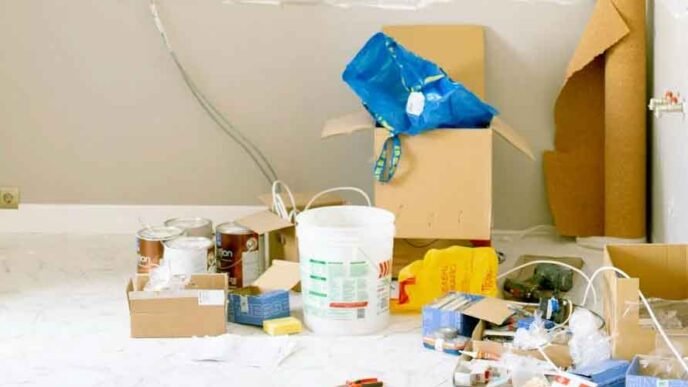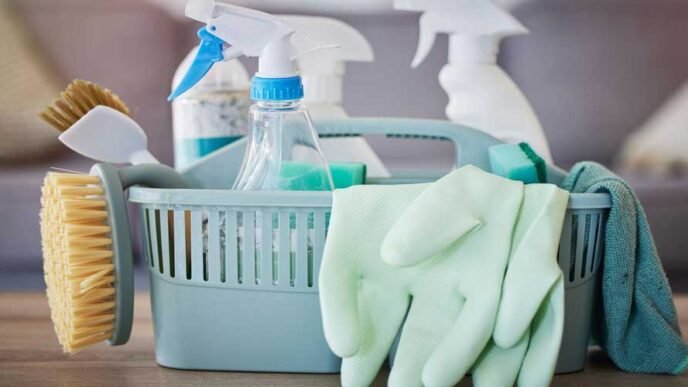Pests can wreak havoc on your home, and one of the most distressing consequences is the damage they can do to sentimental bedding. Whether it’s a cherished quilt passed down through generations or a handmade blanket from a loved one, the thought of losing these items can be heart-wrenching. However, all hope is not lost. With the right approach and perseverance, you can restore your beloved bedding and keep those precious memories intact. Here are ten effective ways to save your sentimental bedding after pests have gotten hold of it.
Assess the Damage
Before you take any action, thoroughly inspect your bedding to determine the extent of the damage. Look for signs of pest activity, such as holes, stains, and droppings. This will help you understand what you’re dealing with and decide on the best course of action. It’s also important to identify the type of pest, as different pests may require different treatments. For instance, bed bugs leave small reddish stains and tiny dark spots, while moths will likely leave behind small holes.
Wash Thoroughly
The first step to salvaging your bedding is to wash it thoroughly. Use hot water and a high-quality detergent to eliminate pests and their eggs. For delicate items, use a gentle cycle or hand wash. Adding a cup of white vinegar to the wash can help disinfect and remove odors. Consider taking the bedding to a professional cleaner if it is severely infested. They have the expertise and equipment to handle delicate fabrics and severe infestations more effectively.
Freeze the Bedding
Freezing is an effective method to kill pests such as bed bugs and moth larvae. Place your bedding in a sealed plastic bag and put it in the freezer for at least 72 hours. Make sure the freezer is set to at least 0 degrees Fahrenheit. After freezing, wash the bedding to remove dead pests and their remains. This method is particularly useful for items that cannot be washed in hot water, as freezing does not cause any damage to delicate fabrics.
Use Natural Remedies
Natural remedies can be very effective in treating pest-infested bedding. Essential oils like lavender, eucalyptus, and tea tree oil have insect-repelling properties. Mix a few drops of these oils with water in a spray bottle, and lightly mist your bedding. This will help repel pests and leave your bedding smelling fresh. Another natural remedy is diatomaceous earth, a fine powder that can be sprinkled on the bedding to kill pests by dehydrating them. Be sure to vacuum thoroughly after use to remove any residue.
Repair Damage
Once the pests are eliminated, it’s time to address any damage. Small holes and tears can be mended with a needle and thread. For larger damages, consider seeking help from a professional seamstress or tailor. Patching up the bedding not only restores its appearance but also helps prevent future pest infestations by eliminating entry points.
If you’re handy with a sewing machine, you can even take this opportunity to reinforce weak areas and ensure the longevity of your bedding.
Use Advanced Services Pest Control
Sometimes, despite your best efforts, a professional touch is needed. Contacting advanced services pest control can ensure your home is thoroughly treated for pests, preventing future infestations. They can provide tailored solutions to address the specific type of pest that has invaded your bedding and offer tips on how to protect it in the future. Professionals have access to stronger treatments and can identify hidden infestations.
Store Properly
Proper storage is crucial to preventing future pest infestations. Store your sentimental bedding in airtight plastic containers or vacuum-sealed bags. Adding cedar blocks or lavender sachets can also help repel pests. Ensure the storage area is clean, dry, and free from potential pest attractants. If possible, avoid storing bedding in basements or attics. Regularly rotate and air out stored bedding to ensure it remains fresh and pest-free.
Regular Inspections
Regularly inspecting your bedding for signs of pests can help you catch an infestation early before it causes significant damage. Look for small holes, stains, and any unusual odors. Early detection can save you time and effort in the long run and keep your sentimental items safe. Make it a habit to inspect your bedding every few months, especially during spring and summer.
Maintain Cleanliness
Keeping your home clean and clutter-free is one of the best ways to prevent pest infestations. Vacuum regularly, especially in areas where you store your bedding. Wash your bedding frequently, even if it doesn’t appear dirty, as this can help deter pests. A clean environment is less attractive to pests, making it easier to protect your cherished items. Pay special attention to pet areas and food storage, as these are common attractants for pests.
Use Protective Covers
Investing in protective covers for your bedding can provide an additional layer of defense against pests. Look for covers that are designed to be pest-resistant and washable. These covers can help prevent pests from reaching your bedding and causing damage. They are especially useful if you live in an area prone to pest problems. Consider using mattress encasements, pillow protectors, and duvet covers to safeguard all aspects of your bedding.
Conclusion
Restoring sentimental bedding after an infestation can be challenging but not impossible. Sometimes, professional help is necessary. Pest control services can provide the expertise to safeguard your home and belongings. But in the meantime, the above ten effective ways can help you ensure your sentimental bedding remains a part of your home for years to come.
This is a Sponsored Post












